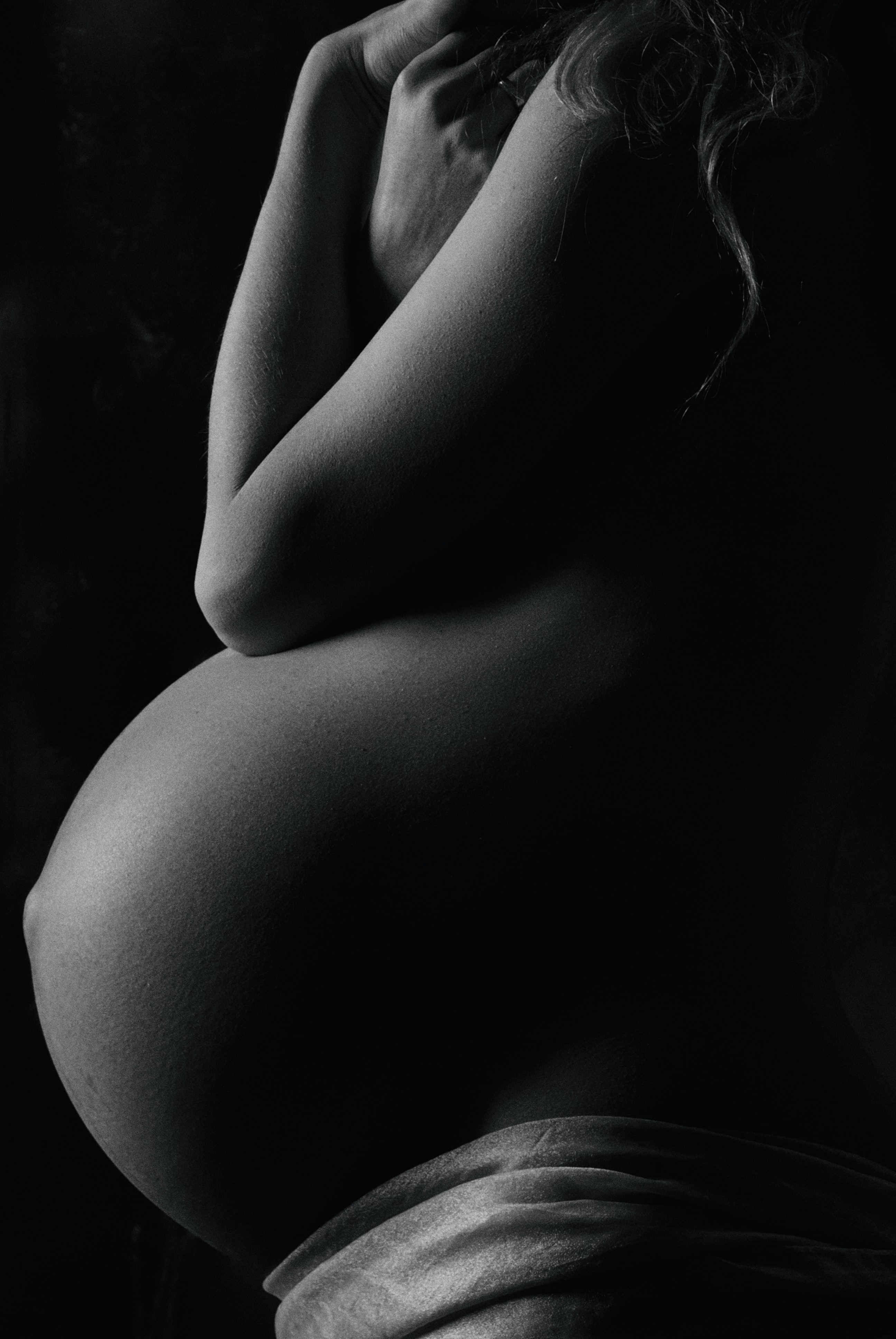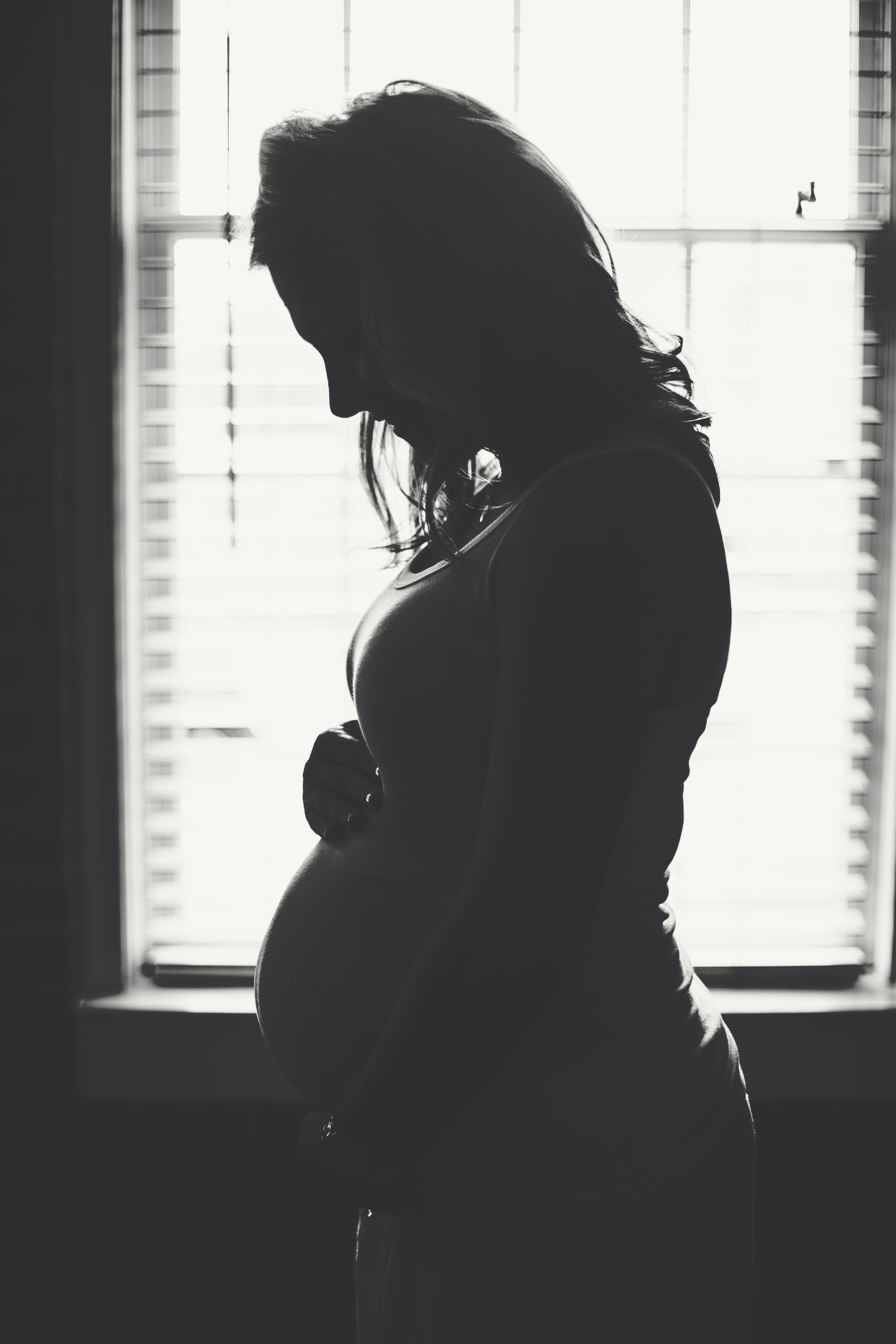Whether you have a planned caesarean or an emergency caesarean it may be a daunting experience to prepare for, and recover from. Bringing your baby into our world safely is always the highest priority for you and your medical staff.
Let’s go over some of the things to consider in preparing for a caesarean. Please note, this is for your information only and not to be used for medical advice.
 Preparing for a caesarean?
Preparing for a caesarean?
You will notice a LOT of people in the room, the team of medical staff for your care and paediatric care for your little one may feel a little overwhelming. The nursing and midwifery staff are there to support you and make you feel as comfortable as you can. Typically, a midwife will welcome you to the theatre ward, and may be your midwife to assist in your delivery room.
From personal experience talk to this midwife, let her know how you are feeling. If you are feeling anxious or nervous, express this so they know and cater for your needs a little more. Sometimes all it takes is for someone to hold your hand, and let you know you are ok. I do remember feeling like I was checking into a hold for a 2pm caesarean for my only planned caesarean for my second child.
It was quite a surreal experience, which didn’t take the nerves away. But my midwife was incredible and a huge source of comfort for me. My support midwife happened to be an incredibly dear friend who was able to help in the day, so I was a little spoilt. However, I do remember the other midwives in the room were equally incredible in calming me down.
The surgery itself is relatively quick in surgery terms. This is the moment you will welcome your little one into our world, be able to hold him/her on your chest for lots of kissing and cuddling. Remember the team around you are there for you, your little one may need to be checked but rest assured your little one is well cared for and will be back in your arms as soon as they can.
A number of hospitals are also now practicing “maternal assisted caesareans” which allows you to play a role in the delivery of your baby. Once the obstetricians have allowed the baby’s head to come out, the mum can reach down and assist to delivery your own baby. This is not available in all hospitals, nor is it available to all expectant mums, but if you feel you would like this option ask your obstetrician what your options are.
What happens to your body in a caesarean?
Once the anaesthetist has completed his role, the obstetrician and medical staff start the procedure. We won’t delve into the different categories of caesarean surgeries, and keep it quite simple for you.
From a musculoskeletal perspective you have incisions through a few layers of tissue:
- The skin
- Fascia – superficial and deep layers
- Rectus sheath (surrounding rectus muscle)
- Rectus muscle (may be cut or pulled apart)
- Abdominal peritoneum (serous membrane lining abdominal cavity)
- Uterus including visceral peritoneum (serous membrane lining uterine organ)
Recovery
Listen to your medical team, and your body. You have just had surgery, and whilst it is equally an exciting time having your baby you need to be mindful of your recovery and ensure you follow all the correct steps.
Caesarean scar – how is it formed and what to know?
As you can see from the layers of tissue that have been cut, the caesarean scar work is quite extensive.
Scar tissue forms during your body’s natural healing process. When we cause injury (accident or surgery) to our skin and the deeper tissues in the body, our body’s natural response is to start producing collagen to heal the damage. The body lays down collagen in other areas of your body, in quite an orderly way which are soft and smooth. Scar tissue forms when these collagen strands are laid down any which way which results in adhesions, which is what we feel as knots.
You can start massaging your caesarean scar after you have had the all clear from your medical care provider, which is usually at your six-week check up. At this point it can still fell quite raw and fresh, but be rest assured the healing has occurred. We always recommend light work mainly to reconnect with your body at this stage. For our caesarean scar work we generally find most mums feel comfortable for us to start the full scar work therapy at the eight (8) week mark.
Your caesarean scar may take up to two years to naturally fade, and completely recover through the layers, and finish up looking like a thin sliver line.
 What are your treatment options for caesarean scar?
What are your treatment options for caesarean scar?
There are a number of things you can do to help in the short term and long term, which can assist to improve the way this scar tissue is arranged to make it more flexible, to move in a way like the surrounding skin
What is most important is we improve both the appearance of the scar, and reduce adhesions in underlying tissue which may impact other areas of your body and recovery.
- Silicon gel or sheets, which can be quite expensive to buy, and need to be applied 12 hours a day for three months
- Steriod creams (will improve the look of the scar, but may not treat the underlying adhesions)
- Laser
- Cryotherapy
- Pressure dressings
- Massage
- Caesarean scar massage:
The major benefit of caesarean scar massage is to reduce adhesions within your scar tissue, reduce the abdominal lip commonly present for mums, assist to reduce pulling on the fascia line which can lead to other areas affected by the scar tissue.
A caesarean scar massage will assist to reconnect you with your abdomen, reduce adhesions within your scar tissue, reduce the abdominal lip commonly present for mums, assist to reduce pulling on the fascia line which can lead to other areas affected by the scar tissue.
During our abdominal treatments we include a full abdominal massage to assist the digestive organs, support recovery of linea alba, support return of abdominal muscle and tone, and ease load to the lumbar spine, release active trigger points to the abdominal muscles.
We focus specifically to work the caesarean scar, both directly onto the scar, to either side of the scar at a skin level and working to deeper layers of tissue.
We spend time teaching you how to massage your own abdomen, and your own scar so you can confidently touch and know exactly what to do at home to assist the healing process.
Let’s talk emotions
Your caesarean scar is part of you and your history for welcoming your little one into the world. Planned or emergency caesarean don’t underestimate the emotional journey you are on during this time. Your body has changed incredibly during pregnancy, not just the physical things you see, but also the cellular changes that have occurred in your body to grow a baby.
We also may have an idea of how we want our birth to progress, and the caesarean may not have been a part of that idea. From our experience with abdominal scar, we are not just working on a line in your body to help it as discussed above. We are allowing you the time and space to reconnect with your body, and allow it the space it needs to express how it is feeling.
We have seen a number of times birth trauma being released, or other emotions that have been stored away in our bodies. Our rooms are a place to allow you and your body to heal, knowing you are safe and able to let go of what has been stored. For a woman our abdomen is our emotional storage suitcase, it is incredible how the abdominal work can really assist in reconnecting women. Our PSOAS muscle is also thought to be the “seat of emotions” and once we can tap into releasing these emotions, the neural flow on effect to the abdominal and reproductive organs is immense (Liz Koch).
We often hear how our abdominal massages feel like your inside tummy is getting a “huge hug” which is exactly what is needs.
